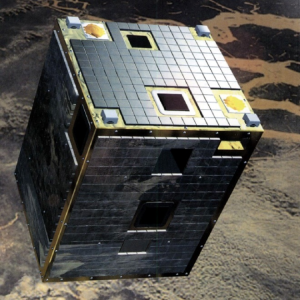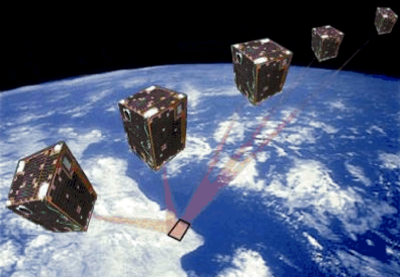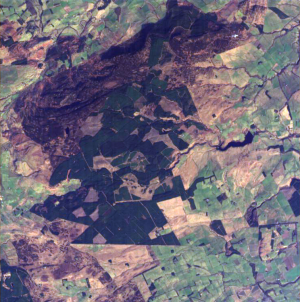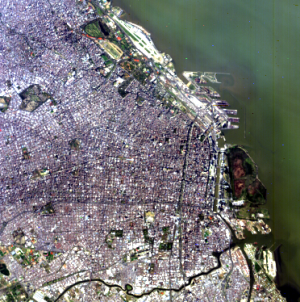- Learn & Discover
- A long way for a little satell...
A long way for a little satellite
22 Oct 2021

Originally designed as a two-year mission and launched on 22 October 2001, PROBA-1 is still going strong, providing very valuable hyperspectral data.
The Project for On-Board Autonomy, or PROBA-1, is ESA's technology demonstration mission operated with the support of ESA's Earthnet Programme. On 9 March 2018, after 5,982 days in orbit, PROBA-1 surpassed ERS-2, making it ESA's longest operated Earth Observation mission of all time.
Today, at 20 years of age and with 7,305 days in orbit, it can be said that it is truly one of a kind.
The objectives of PROBA-1 are in-orbit demonstration and evaluation of new hardware and software spacecraft technologies and of on-board operational autonomy.
Extensive use is made of automated functions onboard the spacecraft. Full onboard flight dynamics computation, in conjunction with automated ground segment functions such as pass automation and high-level user interfaces, satisfy the spacecraft autonomy requirements.
PROBA-1 has acquired endless environmental science images with its main Compact High Resolution Imaging Spectrometer (CHRIS), an hyperspectral imager able to record 17 to 34 metre resolution scenes across a programmable selection of up to 63 spectral bands, at five different viewing angles .

Supporting the work of a worldwide community of scientists, almost 1,000 study sites have been imaged, some of them continuously since the mission’s earliest days, supporting 276 unique Principal Investigators (PIs).
The CHRIS imager provides 19 spectral bands (fully programmable) in the VNIR range (400 - 1050 nm) at a Ground Sampling Distance (GSD) of 17 m. CHRIS can be reconfigured to provide 63 spectral bands at a spatial resolution of about 34 m. Each nominal image forms a square of 13 km x 13 km on the ground (at perigee). The observation of the square target area consists of five consecutive push-broom scans by the single-line array detectors. Each scan is executed at a different view angle to the target within a 55º cone centred at the target zenith.
The PROBA Operations Centre in ESEC/Redu, affirms, “From an operations point of view PROBA-1 was far ahead of other satellites of its time: From the beginning of the mission, the routine, pass-based operations were automated complementing the extensive on-board autonomy; the operations team is only present during normal working hours - a revolution compared to the 24/7 real-time operations usual at that time. The automation concepts demonstrated by PROBA-1 were not only refined for the successor missions PROBA-2 (Solar surveillance) and Proba-V (vegetation monitoring), but are today applied across all ESA missions.”
ESA’s PROBA-1 Mission and Operational Manager, Roberto Biasutti, states, “PROBA-1 is an unique mission for many aspects. Created to demonstrate the possibility of building a fully autonomous cubic meter satellite (and this experience has also been largely used in the PROBA-V satellite), it turned out to be the first and very valuable hyperspectral mission, performing two decades of acquisitions. This complete dataset will be used as reference by the new and future hyperspectral missions."
ESA offers an online Third Party Mission Dissemination Service, where users can search and access various available collections of data.

